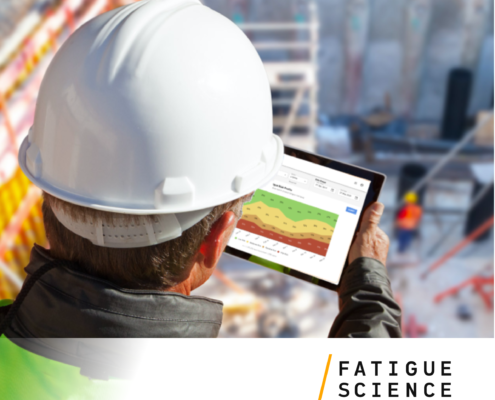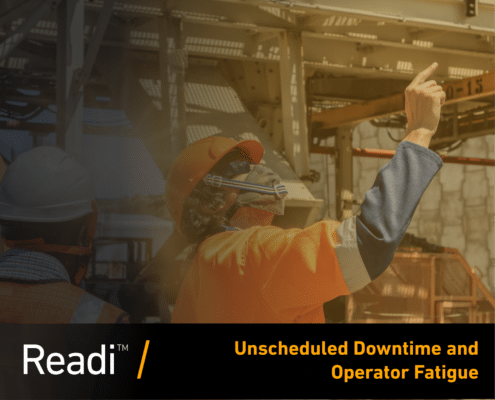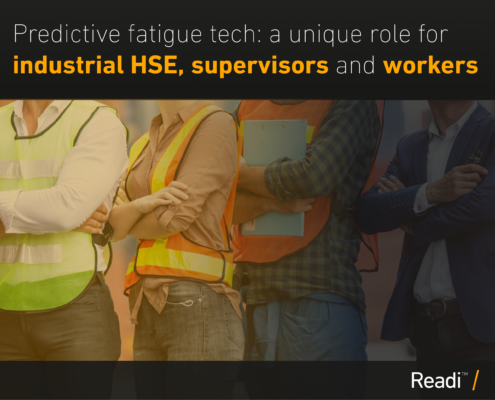 https://fatiguescience.com/wp-content/uploads/2021/04/BDC-Thumbnail.png
2058
2388
Fatigue Science
http://fatiguescience.com/wp-content/uploads/2021/03/FatigueScience_White-1.svg
Fatigue Science2021-04-14 15:12:522021-08-03 13:28:26Fatigue Science announces new funding from BDC to scale its predictive fatigue management platform for heavy industry
https://fatiguescience.com/wp-content/uploads/2021/04/BDC-Thumbnail.png
2058
2388
Fatigue Science
http://fatiguescience.com/wp-content/uploads/2021/03/FatigueScience_White-1.svg
Fatigue Science2021-04-14 15:12:522021-08-03 13:28:26Fatigue Science announces new funding from BDC to scale its predictive fatigue management platform for heavy industry https://fatiguescience.com/wp-content/uploads/2021/04/BDC-Thumbnail.png
2058
2388
Fatigue Science
http://fatiguescience.com/wp-content/uploads/2021/03/FatigueScience_White-1.svg
Fatigue Science2021-04-14 15:12:522021-08-03 13:28:26Fatigue Science announces new funding from BDC to scale its predictive fatigue management platform for heavy industry
https://fatiguescience.com/wp-content/uploads/2021/04/BDC-Thumbnail.png
2058
2388
Fatigue Science
http://fatiguescience.com/wp-content/uploads/2021/03/FatigueScience_White-1.svg
Fatigue Science2021-04-14 15:12:522021-08-03 13:28:26Fatigue Science announces new funding from BDC to scale its predictive fatigue management platform for heavy industry

